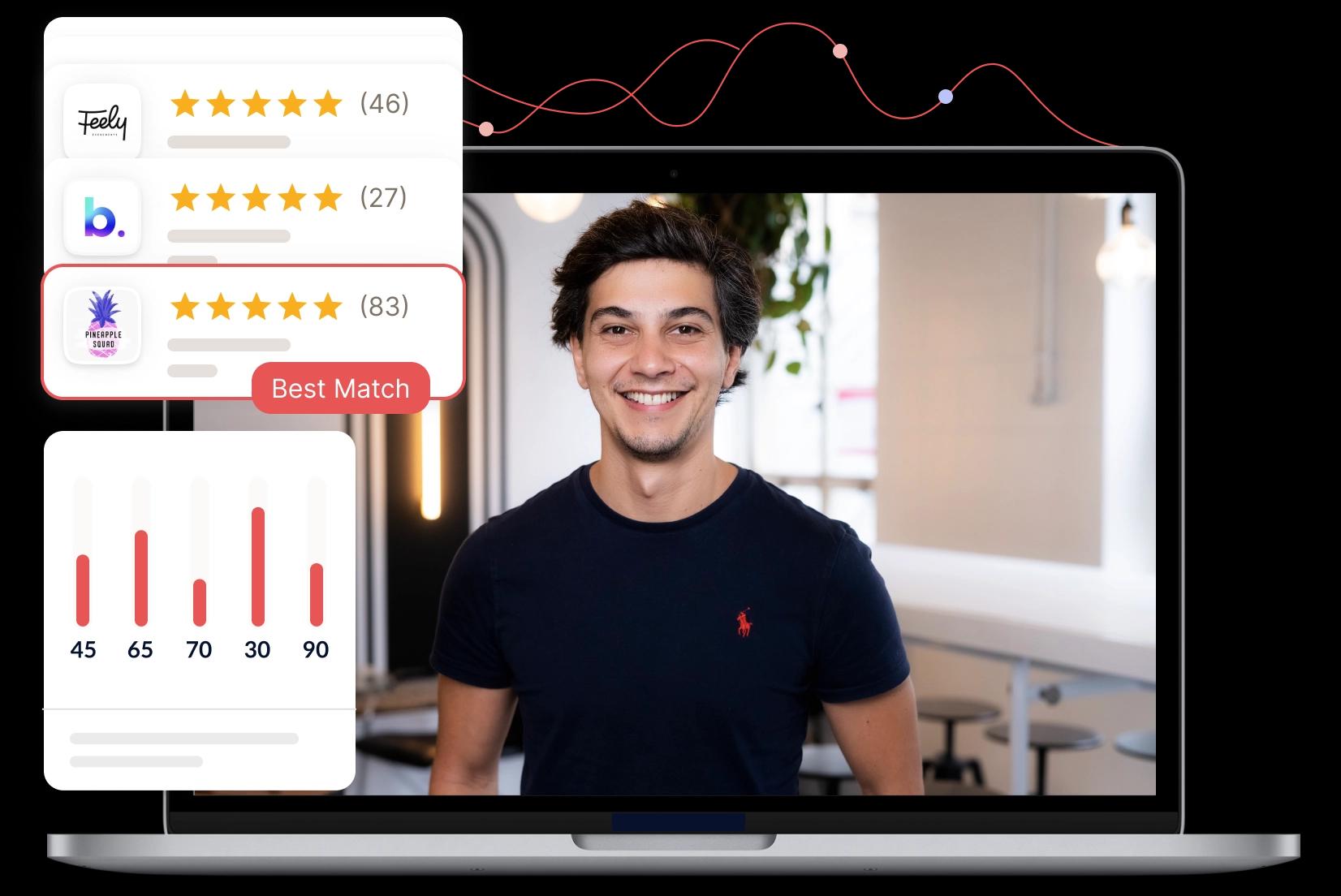List of the top Digital Innovation Companies in Norway
- RecommendedAward-winnerNo work in Digital InnovationActive in NorwayFrom €1000 for Digital Innovation
- Award-winnerNo work in Digital InnovationActive in NorwayFrom €1000 for Digital Innovation
- (0 review)No work in Digital InnovationActive in NorwayFrom €1000 for Digital Innovation
- (0 review)
We are nerds in every shape and form who believe that all change starts with people.
No work in Digital InnovationActive in NorwayFrom €1000 for Digital Innovation - (0 review)
KIND® multi-award winning, full-service branding agency. Named Global Agency of the Year by World Brand Design Society.
No work in Digital InnovationActive in NorwayFrom €1000 for Digital Innovation - No work in Digital InnovationActive in NorwayFrom €1000 for Digital Innovation
- No work in Digital InnovationActive in NorwayFrom €1000 for Digital Innovation
- (0 review)
➤ Spesialister innen inbound og B2B-markedsføring | Oslos største HubSpot-miljø | HubSpot Diamond Partner
No work in Digital InnovationActive in NorwayFrom €1000 for Digital Innovation - No work in Digital InnovationActive in NorwayFrom €1000 for Digital Innovation
- (0 review)No work in Digital InnovationActive in NorwayFrom €1000 for Digital Innovation
- Award-winnerNo work in Digital InnovationActive in NorwayFrom €1000 for Digital Innovation
- RecommendedAward-winnerNo work in Digital InnovationActive in NorwayFrom €1000 for Digital Innovation
- 5(3 reviews)
We build brands and visual experiences that captivate audiences, inspire culture, and buzz media
RecommendedAward-winnerNo work in Digital InnovationActive in NorwayFrom €1000 for Digital Innovation - No work in Digital InnovationActive in NorwayFrom €1000 for Digital Innovation
- Award-winnerNo work in Digital InnovationActive in NorwayFrom €1000 for Digital Innovation
- (0 review)
Systematic profit growth through management and automation of internet marketing processes
No work in Digital InnovationActive in NorwayFrom €1000 for Digital Innovation - (0 review)No work in Digital InnovationActive in NorwayFrom €1000 for Digital Innovation
- No work in Digital InnovationActive in NorwayNo budget for Digital Innovation
- No work in Digital InnovationActive in NorwayNo budget for Digital Innovation
- (0 review)No work in Digital InnovationActive in NorwayNo budget for Digital Innovation
